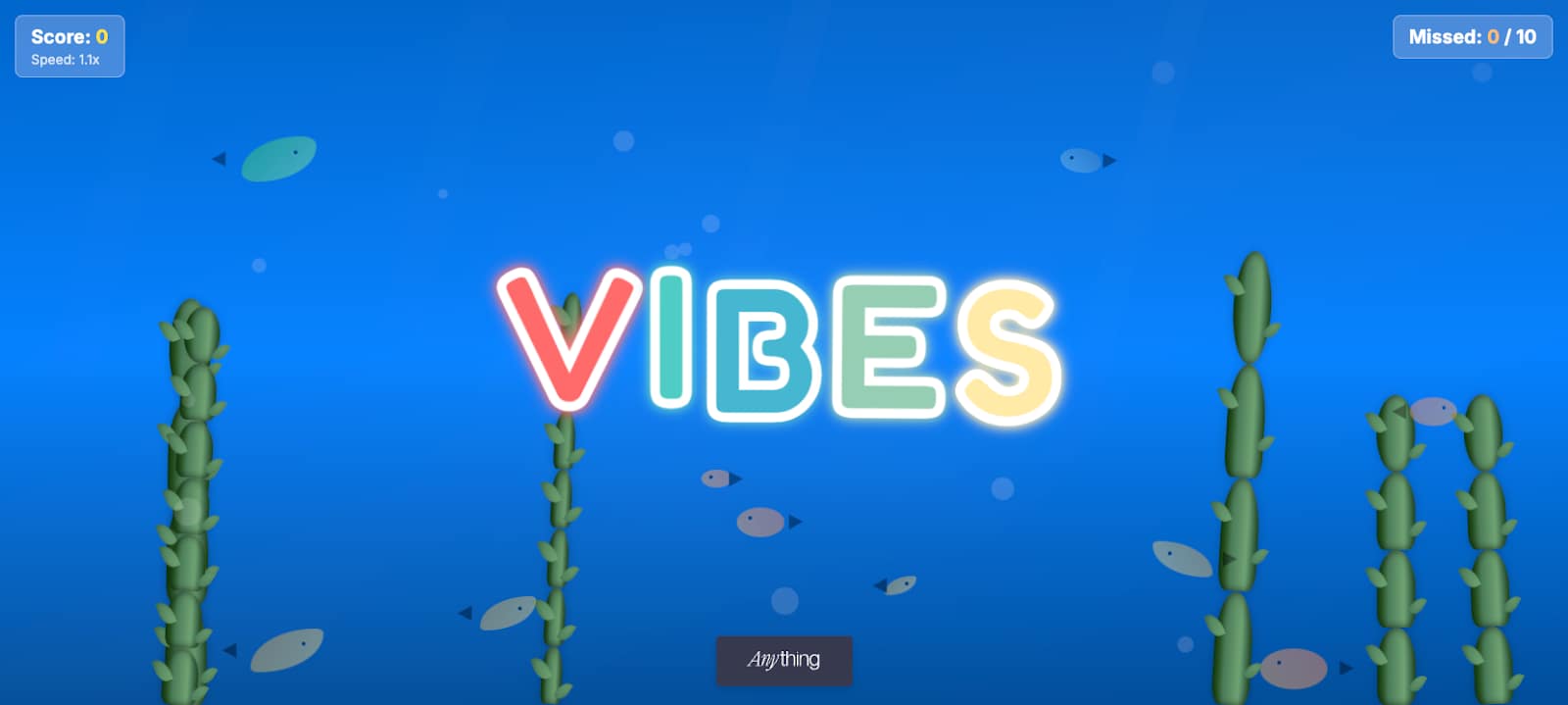
This article first appeared in Creativepool written by, Harry Wright, Strategy Director from our London studio.
Festivals are a fascinating cultural ecosystem. On the surface, they’re about music. But as soon as you make your way through the gates of Field Day, Wide Awake, or Glastonbury, you realise immediately they’re really about experience. They’re places where identity is fluid, connection is heightened and every interaction – from the headline act to the queue for the loos – contributes to how people feel, remember and share.
That’s why brands love them. Festivals provide incredible opportunities to meet consumers where they already are, at the intersections of culture. But there’s a tension here. Because while festival-goers are open to new experiences, they’re also hyper-aware of inauthenticity. They’ll spot a clunky sales pitch a mile off. And the truth is, many brand activations still feel like they’ve been air-dropped in without much thought for the rhythm of the place.
So, if we agree that attention is earned, not guaranteed, how can brands show up in ways that are relevant, resonant and, crucially, welcome?
Step one: Belong, don’t borrow
A common misstep is treating festivals as blank canvases and open spaces for branding and exposure. But that’s a transactional mindset, not a cultural one. The best activations start by understanding the dynamics of the festival itself and asking the important questions.
What’s the mood? Who’s the audience? What do they care about? And how do they engage with their environment? What are the shared rituals? Whether it’s secret sets, glittered faces, or mid-afternoon naps, how can you not only support these rituals and experiences, but elevate them? The brands that resonate tend to ask: how can we add value, without expecting something in return right away?
Step two: Solve real problems, but make the solutions joyful
Functionality is underrated. A shaded area during a heatwave. A place to charge your phone. Cold water, clean toilets, dry socks. These moments become unexpectedly emotional when they meet a real need in a heightened environment. They cut through. But not with noise; with usefulness. And here’s the rub: usefulness doesn’t have to mean dull. You can be both helpful and playful.
I was speaking to a client recently who told me that their favourite activation they’d ever seen at a festival was a series of portable toilets with air conditioning. Why? Because they not only acted as a source of comfort, in every respect, but they also became a destination. Somewhere where people could meet, change outfits, and redo their makeup without sweating buckets. So simple, yet incredibly effective. Because when brands solve problems with personality, they earn affinity. And that kind of emotional relevance is far more powerful than scale alone.
Step three: Design for participation, not performance
There’s a temptation to over-engineer experiences. To design sleek, Instagram-ready spaces where everything is branded, photogenic and polished to within an inch of its life. But if you’ve ever been to a festival, you’ll know that ultimately they aren’t about being polished. They’re about play. They’re messy, social, and unpredictable. The more your activation leans into that, the more it’ll connect. Invite people in.
Give them a way to leave their mark. That could be as simple as a sticker wall or as elaborate as a co-created light installation. Either way, let them do, not just watch. The goal is to be remembered not because you asked people to take a photo, but because you made them part of the moment.
Step four: Know when to speak and when to listen
Brands often arrive with a message to deliver – and fair enough. Budgets have been allocated and they need to be justified. But a festival isn’t simply a captive audience. It’s a living, breathing community being driven by collective effervescence and peripheral awareness. So, the role of a brand isn’t to broadcast, it’s to tune in.
Sometimes the smartest move isn’t to shout about your sustainability credentials or ask people to scan a QR code, it’s to offer a space where people can refill their bottles, swap outfits, or simply sit still. Not everything needs to be lead gen. Sometimes a brand builds more equity by being a good listener.
Step five: Extend the story beyond the gates
After the final song fades and the glitter’s washed off, the experience still lingers. And so can your brand if you’ve done the groundwork. Think about what happens next; what can people take away? Not just physically, but emotionally. Is there a way to keep the experience alive in the weeks that follow?
Something small, like a personalised playlist, a postcard, a photo strip, or a thank-you message that lands just as the Monday blues kick in? These touchpoints aren’t about driving ROI, they’re about deepening the memory. Cementing your brand as part of a good time, not just another activation they walked past on the way to the main stage.
Final Thoughts
In summary, festival activations are a litmus test for brand behaviour. If you can show up here, where the audience is most open, most alive, but also most selective, you can probably show up anywhere. But to do it well, you have to earn your place. That means offering value before seeking attention. Being generous, not self-serving. Designing for connection, not just visibility. Because at a festival, people don’t want advertising. They want energy, curiosity, and meaning.
If your brand can bring that authentically, playfully, and with just the right amount of mischief, you’re not just present. You’re part of the story.



